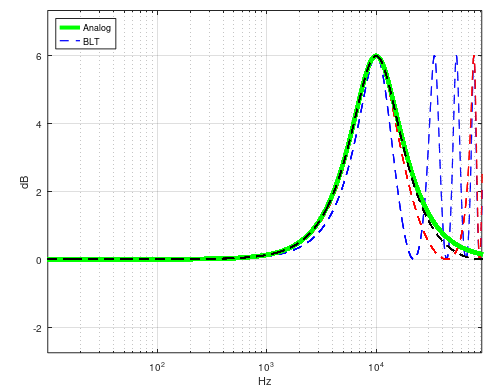I am noticing that the behavior of equalizers in music softwares varies depending on the sampling rate.
If we apply a filter (IIR or FIR) to a digital signal, in what situations does the sampling rate impact the filter output ?
My current understanding is : filter coefficients are linked to the frequency rate but the phase stays the same.



